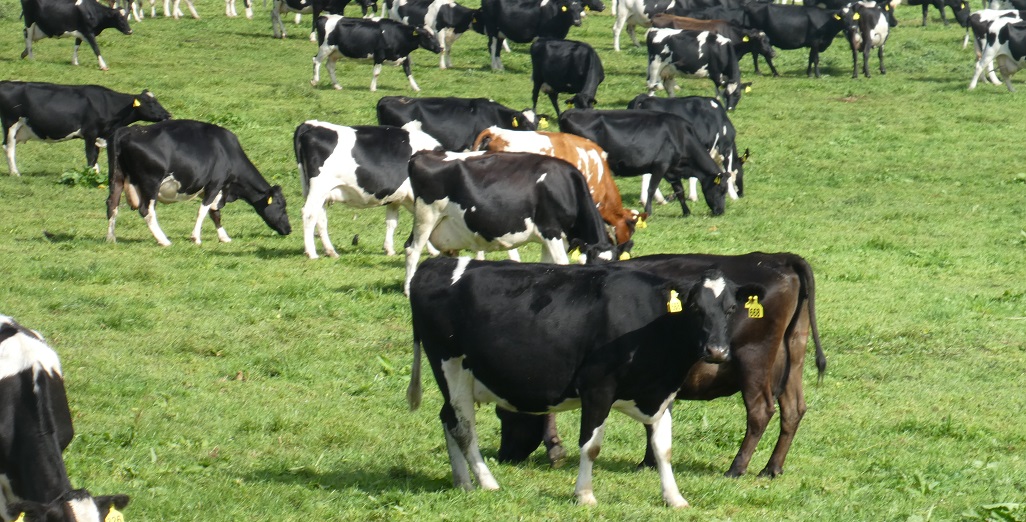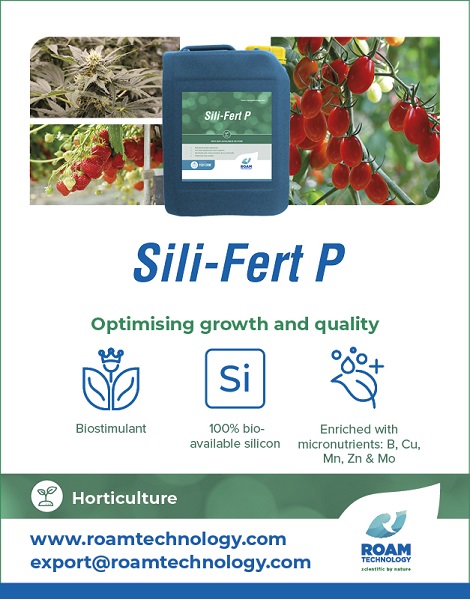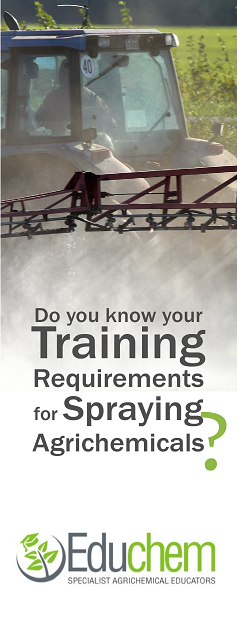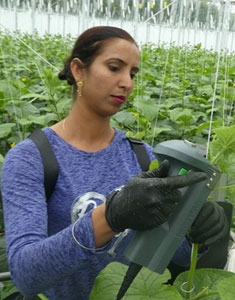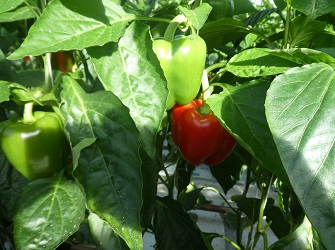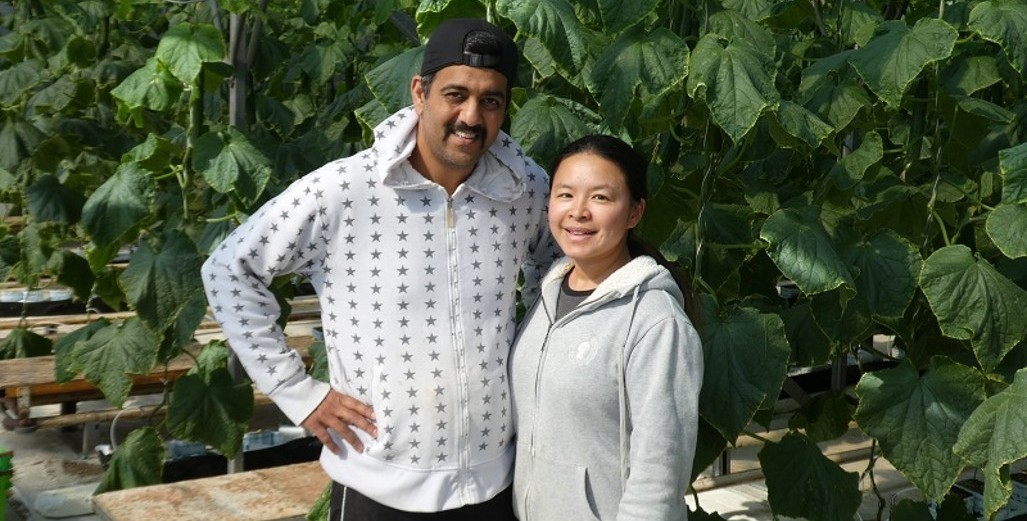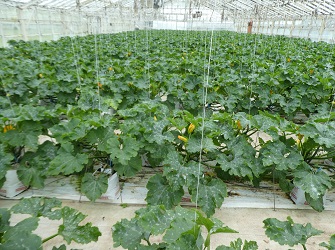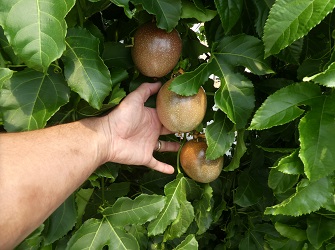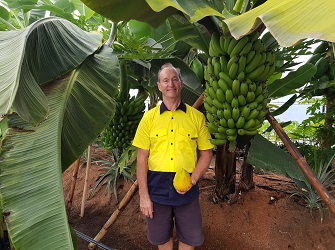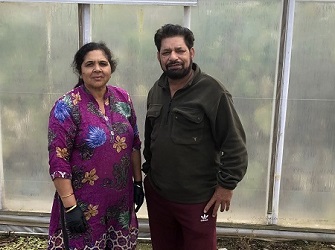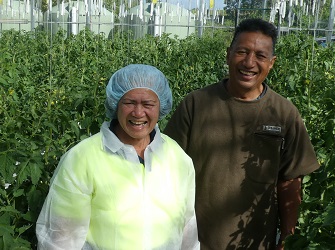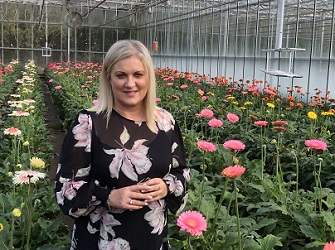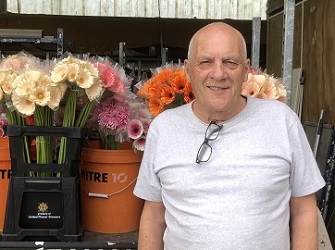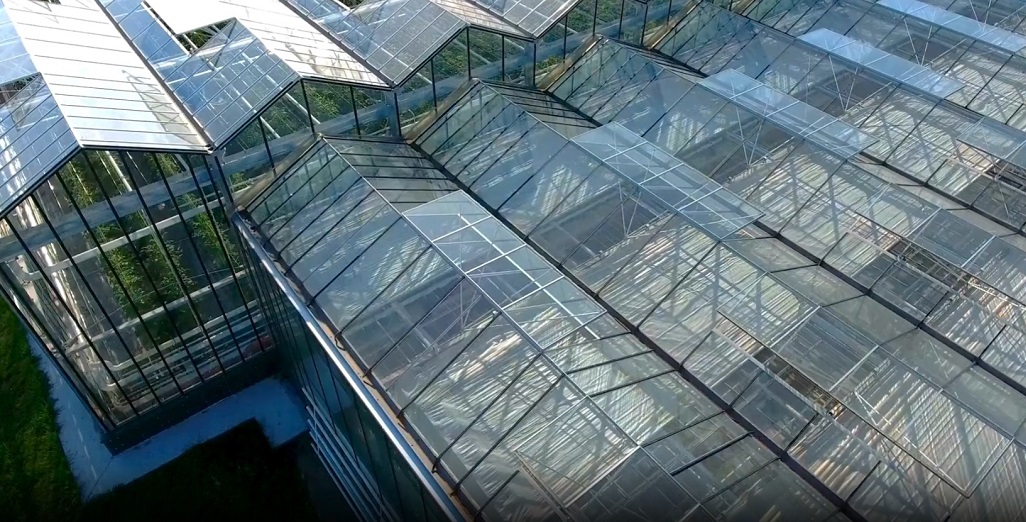Sign up here to subscribe to the Grower2grower Ezine. Every two weeks you will receive new articles, specific to the protected cropping industry, informing you of industry news and events straight to your inbox.
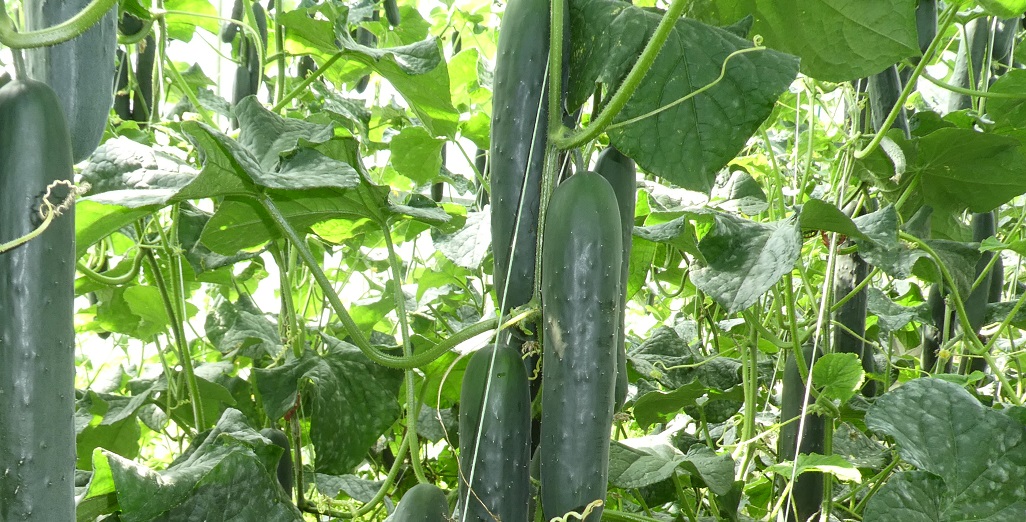
In 2022 10% of growers stopped growing in the UK !! NZ take note.
Greenhouse growers are facing an increasing number of barriers in New Zealand, one of which is energy uncertainty. It is important to keep an eye on the effects that the unprecedented energy price increases are having on both Dutch and UK growers. The change in market behaviour, including growers simply leaving greenhouses empty or deferring planting, has huge production and supply consequences.
In Holland: The use of artificial lights has been a major factor in Dutch growers’ ability to provide year-round local supply in the last decade – now the game has changed it is back to the bad old days of importing from abroad when local supply is short. (see article below or click on https://www.hortidaily.com/article/9493924/moisture-is-the-big-danger-in-the-next-two-months/ to read the full article.)
In the UK: Local markets still have demand for fresh products from their respective consumers, therefore importing product, which can take up to a week to arrive by road from the warmer areas of Europe, is a consequence. The only winners are the petroleum companies that benefit from the long-haul transport required. (Definitely not the environment) (see article below or click on https://www.hortidaily.com/article/9498774/increased-energy-costs-hit-winter-production-of-cucumbers-on-the-northern-hemisphere-hard/ to read the full article.
There are several lessons to be learnt from reading these articles. My question is should we ensure energy is one of the priorities in terms of availability and affordability? Ensuring competitiveness will go a long way to ensuring our food security and reducing unnecessary food importation down to being simply uncompetitive with a nation thousands of kilometres away by sea. (Plus, we need the room to bring the consumables we need on those ships ).
Related articles below – Source Hortdaily.com
UK: Energy and labour shortages delay UK cucumber production
Energy and labour issues are the main issues affecting cucumber production in the UK, especially in the Lea Valley.
Normally growers would be planting cucumbers in the greenhouses in early January, this year the majority will not plant until late February or early March, some will wait until April. The season will run until September.
According to an industry source the energy costs are too high to plant in January. “Last year growers were only using the boilers to heat the greenhouse every other day from May onwards to save on costs, but this meant less CO2 in the greenhouse which led to a drop in yields.”
Last year the cost of energy was between £6-8 per therm (approximately 29 kilowatt-hours), this year it is £1.70 and before the energy crisis it was just £0.40 per therm. Half of the UK’s growers didn’t plant last year.
The number of growers in the UK has been steadily falling and last year 10% of growers stopped. This has really impacted the area used to grow food and will seriously affect the country’s food security. The UK is seeing more and more cucumber imports not only from Spain and Holland, but increasingly from Turkey, Morocco and Egypt. Produce coming from these countries takes a week by road.
“Moisture is the big danger in the next two months”
The energy and gas crisis has had a major impact on tomato cultivation. This is clear to Delphy’s Joop Verhoeven. The Senior Advisor of Tomato and Pepper says: “Two years back, in 2021, there were 1,800 hectares of year-round tomatoes in the Netherlands, which is now about 50 hectares less for the coming season. This is also partly because some growers are switching to cucumbers due to the virus issues.”
Joop also sees a change in tomato planting dates. “Usually, three-quarters were planted in December and a quarter in January; now it’s more half and half. Some departments are even left temporarily empty until winter is over.”
Most of those tomato growers are well-equipped, with CHP and a good energy contract, so they can continue well into winter. “I expect some 700 ha to be planted in December, another 700 in January, and the remaining 350 ha will then follow in late February, early March.”
Less lighting
Joop sees another important shift in tomato cultivation: where they used to have 800 hectares of cultivation under light in the Netherlands, less than 100 hectares of that is now left. “October was normally the start of the crops under light, but that month is much quieter for me now than other previous years.”
So the total area under tomatoes is shrinking, and crops that were previously lit will now start in December/January, but without additional lighting. “The growers who do still use lights have good contracts with buyers and a price correction due to rising energy costs. But overall, you can say that tomato cultivation under light has become minimal.”
Everything comes together in May
Because of that decline in exposed cultivation, Joop holds his heart when he thinks of May. “Everything will come to market at the same time. Previously, those 800 hectares of cultivation under light ended from May, and you no longer had peak production there. Now everyone has peak production in May and June, and that is usually accompanied by poor prices.”
Joop also expects overall production to be lower. “People with lighting had about 100 kg per square meter, unlit it is more likely to go towards 70-75 kg.” So overall production is going down, and someone has to fill that gap. “In the case of northern Europe, that will probably be Morocco. Spain, for example, is just a bit less suitable for year-round production; too hot in summer and too dark and cold in winter.”
https://www.hortidaily.com/article/9493924/moisture-is-the-big-danger-in-the-next-two-months/

Article written and compiled by Stefan Vogrincic
All Article’s checked and edited by Marie Vogrincic
I appreciate your comments. Please feel free to comment on the grower2grower Facebook page or email: stefan@grower2grower.co.nz
https://www.facebook.com/StefanGrower2grower/
Information source hortdaily.com
CLASSIFIED
Photo
Gallery
Subscribe to our E-Zine
More
From This Category
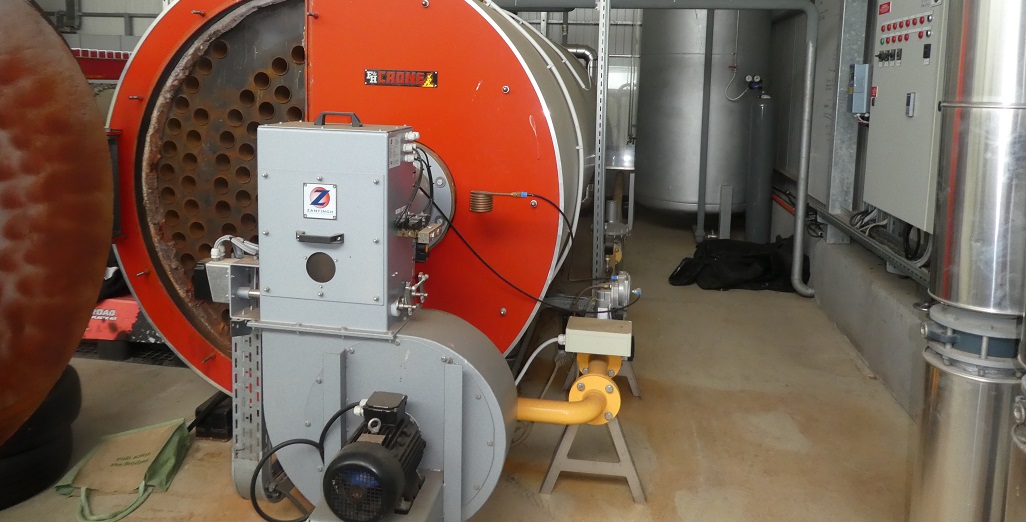
New Industrial Process Heat Consenting Requirements in Aotearoa New Zealand
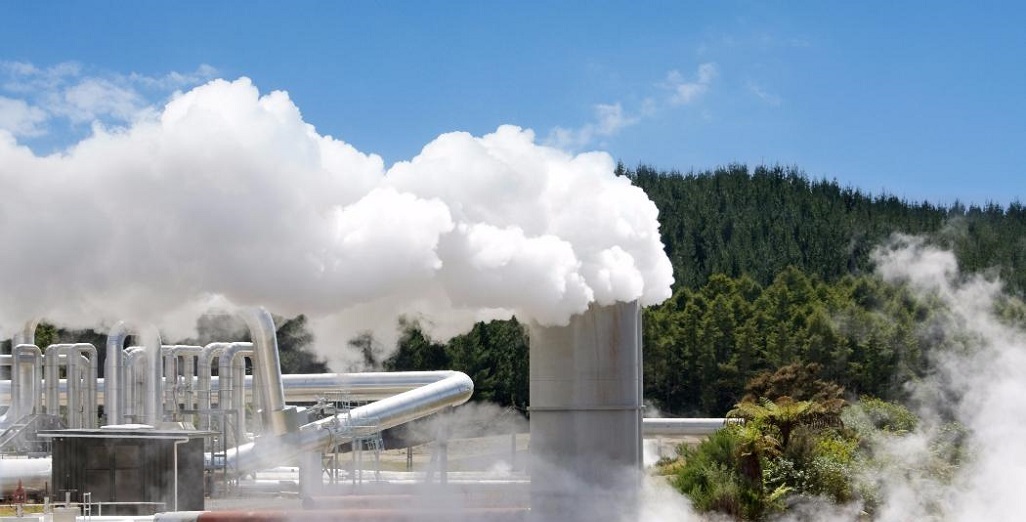
GNS Scientist wants greenhouse grower to consider geothermal Heat

Ribbon cutting marks the opening of a new JS Ewers Biomass Energy Centre

Flexible Solar Panels Look Set to Disrupt the Industry
